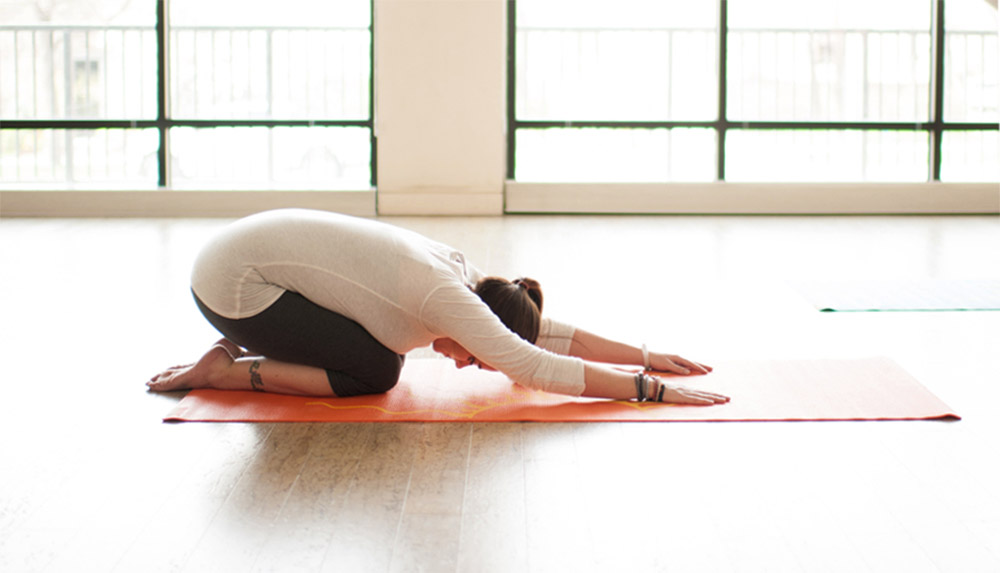
When I was in college, my roommates and I listened to music non-stop. We studied to Bob Dylan and Joni Mitchell and cleaned house to the Rolling Stones. We partied to Steely Dan, Little Feat and a host of other fantastic ’60s and ’70s bands. The only time the stereo was off was when we were sleeping. Once I left college and married, the pattern was similar, only we shifted in the direction of non-stop Grateful Dead concert tapes and all the exciting new music coming out of the bluegrass/newgrass world.
In early 1982, I began practicing yoga. I left my very first class in an altered state—a sense of peace and ease that I’d never experienced before. When I turned on my car, loud rock music blared out of the stereo. I immediately turned it off. It felt wildly incongruent with the state I was in. When I got home, we listened to a Beethoven symphony.
In the ensuing years, I still listened to plenty of music and went to dozens of Grateful Dead concerts, and attended lots of other concerts as well. But I found that I enjoyed periods of silence too. In 1988, after attending my first silent mindfulness meditation retreat, I found myself craving silent time. Music was no longer needed as background noise; it was something I listened to when I could give it my full attention.
Craving silence was the direct result of beginning to turn inward through yoga and meditation. Instead of craving distraction, I suddenly began feeling at home in silence. It was an expression of pratyahara, the fifth limb of yoga.
Pratyahara: Letting Go of Sense Craving
Pratyahara is the fifth limb of yoga. It sits between pranayama (breathing practices) and dharana (concentration practice). It is often defined as “retirement of the senses” or “withdrawal from the senses.” These definitions can sometimes seem a little austere, as if we’re depriving ourselves of sense pleasure. And maybe, in some cases, that is true. My college student self was not so comfortable with silence; I needed distraction back then, or at least that’s what I thought.
I prefer to think of pratyahara as freedom from the addiction to sense stimulation. Pratyahara doesn’t feel deprived. Instead, pratyahara finds satisfaction in the subtle. It turns our awareness and intention inward, so that we can begin to appreciate the more subtle landscape of our bodies and minds.
How Pratyahara Fosters Meditation
I once heard author and meditation teacher Sylvia Boorstein say, “We are all sensation junkies.” I have to agree. Think about it. While elevator music has become kind of a punchline, it’s a real thing. We wouldn’t want to spend 30 seconds in an elevator with no entertainment, after all. Even some gas stations play the radio at the pump, protecting us from having to pump gas in silence.
Many yoga classes are choreographed to music. There’s a place for this. Music can help foster a sense of community and keep a class in motion. These faster-paced classes, accompanied by music, have a different intention from a silent yoga class. They’re more asana focused, and that is absolutely appropriate for many yoga practitioners.
But a more meditative style of yoga requires inward focus. Classes without music allow us to more easily tune into the felt experience of our asana practice. Free from outer distraction, our inner experience comes to the forefront. This is where pratyahara comes in.
This starts to dismantle the need for sense stimulation. We begin to enjoy silence. But our yoga/meditation environment is not always as free from distraction as we might like. Pratyahara can help here as well. As we become more firmly established in pratyahara, we become much less bothered or thrown off balance by unwanted sense experiences.
For example, in the 1990s, I attended four 30-day silent retreats. On the 1996 retreat, a cabin several doors down from the retreat center was undergoing construction. The retreat center sits at 8,700 feet; sound travels quite efficiently in the rarefied air. All day long, power tools, copious swearing and heavy metal music cut through our silence. The sense stimulation was constant, but my mind never felt drawn to it. Because we were focused on moving inward, the non-stop noise didn’t feel like a distraction. It was simply part of the landscape of our physical/mental experience, just like the breath and all the other body sensations that were arising and dissolving.
Pratyahara sets the stage for the last three limbs of yoga. These limbs, dharana (concentration), dhyana (meditation) and Samadhi are considered to be the heart of yoga. Pratyahara is where we turn a corner, from the outer to the inner. But practicing pratyahara doesn’t mean that we can’t enjoy sense pleasures. (I still enjoy listening to live Dead on the Sirius XM Grateful Dead channel when I’m running errands, and there’s little I enjoy more than playing in the Salt Lake Symphony.) But when pratyahara is integrated, we no longer need to be entertained. We can instead find a home in ourselves.

Lovely read <3